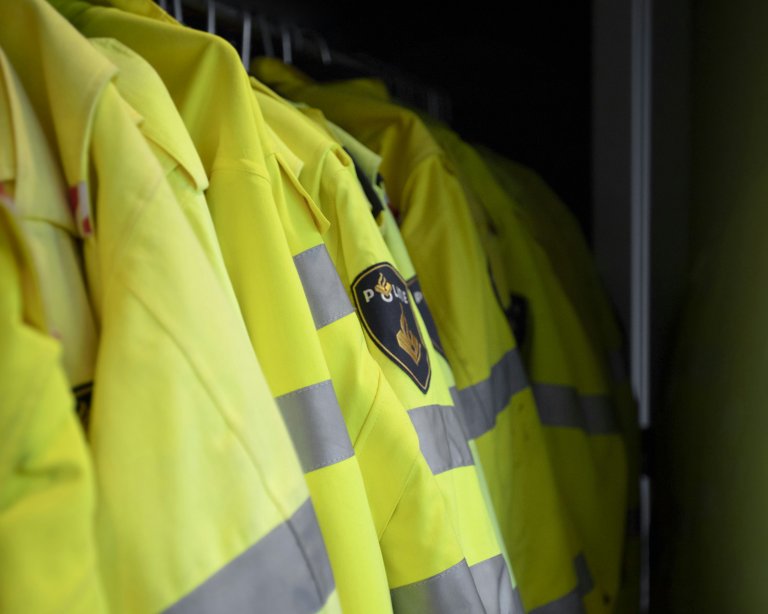Weather Instruments: A Comprehensive Guide
The study of weather and the prediction of its patterns has always been a crucial aspect of human society. From agricultural practices to trade and shipping, the weather has been a determining factor in various activities. Over the years, advancements in technology have led to the development of various weather instruments that aid in the collection and analysis of weather data. These instruments are vital in providing accurate weather forecasts and assisting in understanding climate patterns.
Types of Weather Instruments
1. Thermometer
The thermometer is one of the most commonly used weather instruments and is used to measure the temperature of the atmosphere. It consists of a glass tube filled with mercury or alcohol, which rises and falls based on the temperature. Modern versions of thermometers use digital displays to show the temperature readings.
2. Barometer
A barometer is used to measure air pressure, which is an essential indicator of weather changes. It consists of a glass tube filled with mercury, and its level changes based on the air pressure. As the pressure increases or decreases, the level of mercury rises or falls accordingly. Digital barometers are also available, which use electronic pressure sensors to measure air pressure.
3. Anemometer
The anemometer is an instrument used to measure wind speed and direction. It consists of three or four cups positioned at equal distances from each other on the ends of horizontal arms. As the cups rotate with the wind, the anemometer measures the number of rotations per minute, which are then converted into wind speed readings.
4. Hygrometer
A hygrometer is used to measure the humidity or moisture content in the atmosphere. It can be either a mechanical or electronic instrument and works by measuring the amount of water vapor in the air. The most commonly used type of hygrometer is the sling psychrometer, which consists of two thermometers – one dry and one wet – that are compared to determine the humidity level.
5. Rain Gauge
A rain gauge is used to measure the amount of rainfall in a specific area over a particular period. It usually consists of a funnel-shaped collector that directs the rainwater into a measuring tube. The markings on the tube indicate the amount of rain that has fallen in a given time.
6. Weather Balloon
A weather balloon is a type of high-altitude balloon that carries instruments into the atmosphere to measure various weather parameters. It can measure temperature, humidity, air pressure, wind speed, and direction at different altitudes. The collected data is transmitted via radio frequency to receivers on the ground.
Importance of Weather Instruments
Weather instruments play a critical role in collecting and analyzing data that is used to understand weather patterns and forecast future weather conditions. This information is crucial for various industries and sectors, such as agriculture, aviation, transportation, and disaster management. Accurate weather forecasts also help in minimizing risks and taking necessary precautions in case of extreme weather events.
Some of the ways in which weather instruments are utilized include:
In Agriculture
Weather forecasts play a vital role in agricultural practices such as planting, harvesting, and pest control. Farmers use weather information to determine the best time to sow crops, irrigate, and protect their crops from extreme weather conditions. Accurate weather data also helps in maximizing crop yields and minimizing losses due to adverse weather.
In Aviation
Weather instruments are essential for the aviation industry as they provide real-time weather updates to pilots. This information is crucial in determining flight routes and avoiding potential hazards such as turbulence, thunderstorms, or fog. It also helps in ensuring the safety of passengers and crew on board.
In Transportation
Weather forecasting is crucial in the transportation sector, especially for sea and air vessels. Weather instruments provide information on wind speed, direction, and air pressure, which are vital for safe navigation and avoiding potential dangers. This data also helps in planning and scheduling trips, minimizing delays, and preventing accidents.
In Disaster Management
Weather instruments aid in predicting and tracking severe weather events such as hurricanes, typhoons, and tornadoes. These warnings are crucial in assisting governments and disaster management agencies in preparing for and responding to such disasters. Weather data also helps in minimizing the impact of natural disasters and reducing human casualties.
Future Developments in Weather Instruments
The advancements in technology have allowed for the development of more sophisticated and accurate weather instruments. Some of the upcoming developments in this field include:
Remote Sensing Technology
Remote sensing technology involves the use of satellite images to study various weather parameters such as cloud cover, precipitation, and temperature. These images provide a more comprehensive picture of the weather patterns and help in creating accurate weather forecasts.
Weather Drones
Weather drones are small, unmanned aircraft that can collect and transmit real-time weather data. These drones can fly into remote or dangerous areas, providing valuable information that is not accessible through other means. They also help in filling gaps in weather forecasting coverage and improve the accuracy of weather predictions.
Machine Learning and Artificial Intelligence
With the increasing availability of big data, weather forecasting is expected to improve significantly. Machine learning and artificial intelligence algorithms can analyze vast amounts of weather data to identify patterns and make accurate predictions. This technology also allows for real-time data updates, providing more accurate and reliable weather forecasts.
Conclusion
Weather instruments play a crucial role in collecting and analyzing data that aids in predicting and understanding weather patterns. They are utilized across various industries and sectors, and advancements in technology have led to the development of more sophisticated instruments. With further developments in this field, weather forecasting is expected to become more accurate and reliable, helping us better prepare for and mitigate the effects of extreme weather events.
